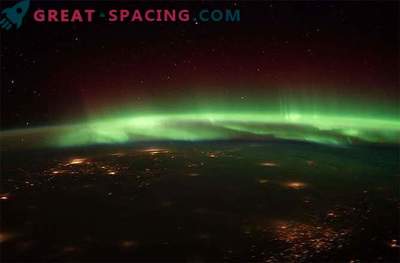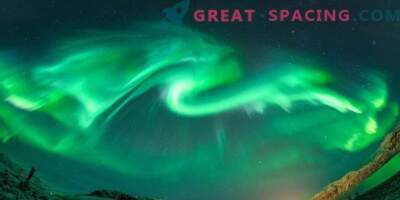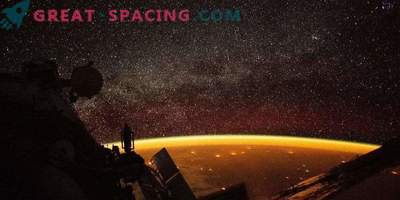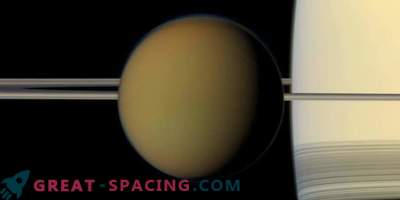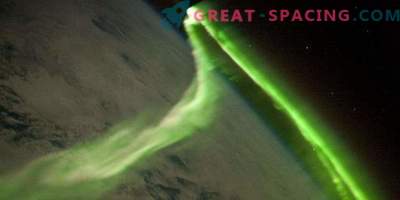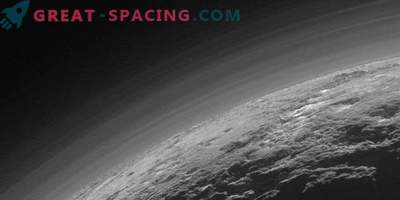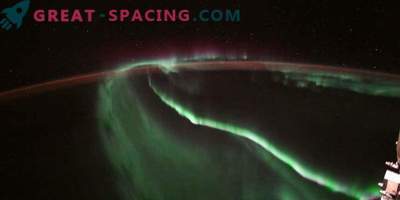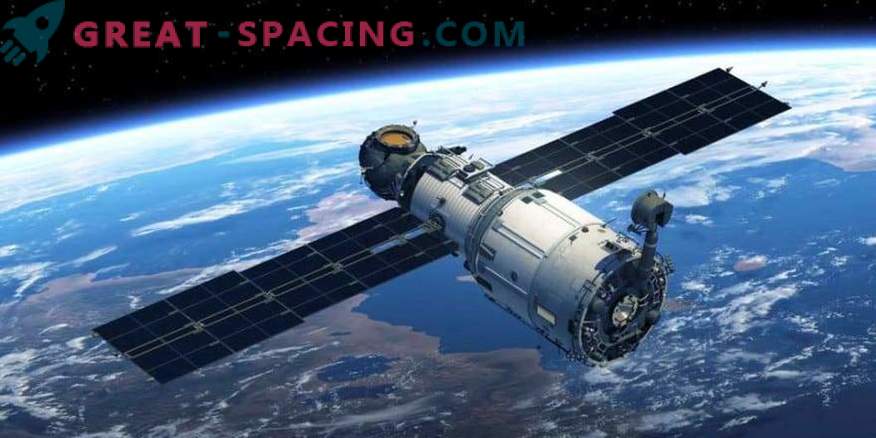
Glow auroras appear at high altitudes in the range of 100-300 km in the polar atmosphere. The phenomenon itself is formed by energy particles, bursting from space into Earth's space. These clashes create an amazing show in the atmosphere of the planet.
The researchers are most interested in observing changes in the atmosphere due to the action of particles of radiance. But the reactions of metallic species, like sodium (Na), distributed between 80–110 km are not clear enough. For example, there was no statistical review on this subject due to lack of information. Representatives of the Telecommunications University in Tokyo decided to fix this. For this, they spent 6 years conducting optical spectroscopic observations from space. They managed to obtain data on the density of Na from the emission spectra of the Na D line obtained by a satellite rotating around the Earth. This provided global coverage and comparison of sodium density with aurora activity.
The data showed that the density of Na is able to decrease due to chemical processes in the atmosphere with high aurora activity. That is, parts of auroras can affect metallic elements in the atmospheric layer.
